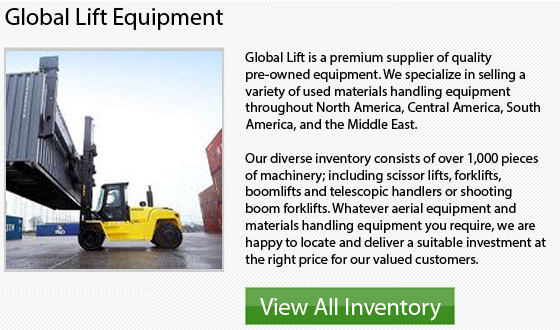
Sideloaders have become a great alternative for lots of companies needing to perform handling jobs on unusual cargo. Sales of these models are small however, taking up 1% to 5% of the global forklift market.
Commonly, side-loaders are utilized in the timber, aluminum, steel, glass, aviation and construction industries. In addition, they are utilized in industries which are making unconventional things like for instance windmill arms and moldings. Basically any business that produces oversized long or awkward items utilizes the side-loaders.
In the start of the 1950's, Henry Le Grande Lull from the Lull Manufacturing Company initially designed the sideloader lift truck. These early models were requested from the United States Air Force. The first concept was patented for commercial use but it was not developed until Lull Manufacturing was taken over by the Baker Raulang Company in 1959. It was Baker Raulang who put the design into production. Afterward, the name was changed to Baker Traveloader. In the late 1950s, the side-loaders were launched in Europe. The beginning models were made by Italian manufacturer Fiora and the afterwards B-P Battioni e Pagani who pioneered the equipment's utilization within timber yards.
The side-loader is a little different from the counterbalanced forklift, because the conventional forward-traveling forklifts have front facing forks whilst the side-loader has side facing forks. The operator though would drive inside a cabin like those utilized in standard forklifts. The loading, unloading and lifting functions are performed by the mast located at the right-hand side of the driver. The load is usually transported lying on a wooden or metal deck. This helps to decrease distortion, stress and damage to the load. Recent innovations to the side-loader design have integrated a huge range of lifting accessories being developed.
The utilization of side-loaders rather than the reach-stackers or traditional forklifts: improved visibility, safer operating conditions, and faster traveling speeds as well as the ability to use available space more efficiently.
Only once you evaluate your work setting and types of applications you would be putting your equipment through, will you be able to precisely determine the best type of machinery to finish your tasks. There are a few good rental alternatives available too in order to determine the best type of equipment to suit all your needs. Doing some research online or talking to a respectable dealer is another great way to get some information as well when trying to figure out the right alternative.